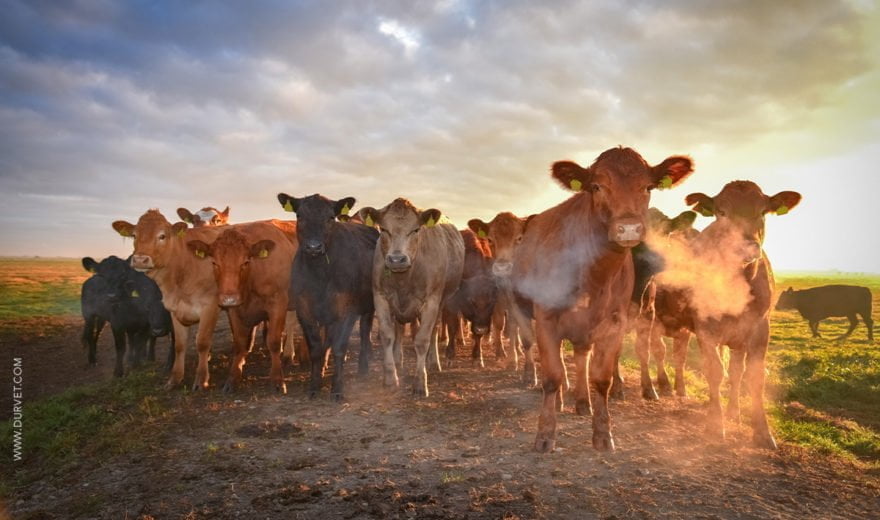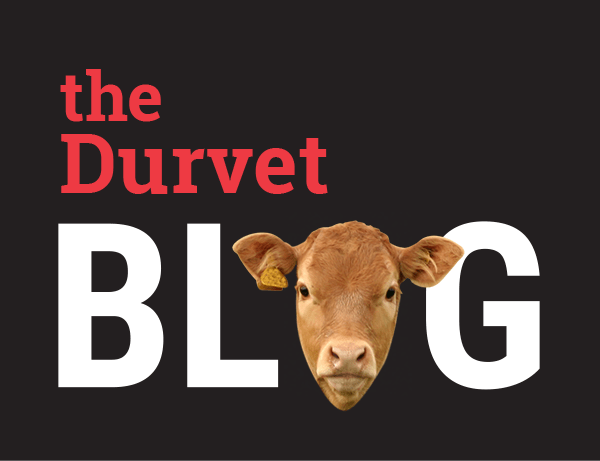
Anaplasmosis is a prevalent tick-borne disease of cattle worldwide and a major obstacle to profitable beef production in the U.S. It is estimated that introduction of anaplasmosis into a previously naïve herd can result in a 3.6% reduction in calf crop, a 30% increase in cull rate and a 30% mortality rate in clinically infected adult cattle. Treating anaplasmosis costs more than $400/head and annually costs the U.S. beef industry more than $300 million, according to the USDA.
In the absence of effective vaccines, control of anaplasmosis has relied on biosecurity practices and low doses of tetracycline antimicrobials in feed or mineral supplements for several months. These control strategies are less than ideal given they require an awareness of regional prevalence of anaplasmosis and knowledge of the serological status of a herd and any new introductions.
Anaplasmosis does not harm the red blood cells directly, but the cow's immune response recognizes it when it reaches certain levels - which then causes anemia as the immune system starts killing the red blood cells that are infected. This will limit the amount of oxygen that is transported throughout the animal's blood, which can then lead to aggressive behaviors exhibited by normally docile cows or bulls.
Other clinical signs of infected animals are extreme lethargy, yellowing of the mucous membranes, abortions, weight loss and difficulty breathing. Most producers will not know they have an anaplasmosis problem until they see dead cows or bulls that are older than 2-years of age. This disease can be devastating with death losses in some herds approaching 50%.
Vaccine On the Horizon
A new study involving the College of Veterinary Medicine at Kansas State University is paving the way in controlling this devastating disease. The research - Targeted Mutagenesis in Anaplasma Marginale to Define Virulence and Vaccine Development Against Bovine Anaplasmosis - was published by scientists from K-State, St. George's University, and the USDA in the May 2022 issue of the scientific journal, PLOS Pathogens.
"The study is unique and the first to address the urgent need to develop a vaccine against an important tick-borne disease," said Dr. Roman Ganta, the study's senior/corresponding author and the principal investigator of the project. "Currently, there is no effective vaccine on the market, so this effort required innovative approaches in developing a vaccine."
Dr. Ganta, a university distinguished professor and director of the Center of Excellence for Vector-Borne Diseases in the College of Veterinary Medicine, Kansas State University, explained, "The economic impact of the disease is in the billions of dollars of losses annually throughout the world; it can spread rapidly by mechanical transmission routes, as well as through infection from over 20 different tick species."
Dr. Ganta and his research colleagues initiated the project by defining the disease throughout California and parts of Missouri and Kansas. "Independent of animals fed with antibiotic supplement," said Dr. Ganta, "about 50-60% of all animals are positive for the disease. Farm practices, however, may make some difference in controlling the disease, but having a good vaccine is the best option. We are the only research team working to develop the first protective vaccine."
Dr. Hans Coetzee, study co-author, professor and head of Kansas State's anatomy and physiology department, said, "This is a truly outstanding paper that represents what I believe to be the greatest advance in anaplasmosis vaccine development in 50 years."
Please Note: This information is for educational purposes only and not intended to treat, diagnose or prevent any disease. In all cases, it is each owner's responsibility to obtain veterinary services and advice before using any of the information provided. Durvet encourages owners to make their own animal health care decisions in partnership with their veterinarian. Please read all labels carefully. Product is for veterinary use only. Not intended for use in humans.

 BACK TO MAIN BLOG
BACK TO MAIN BLOG 
Comment